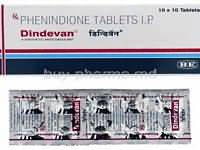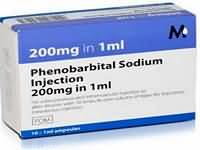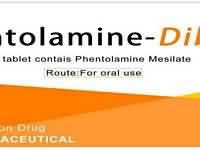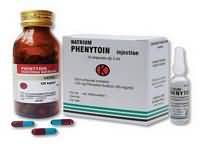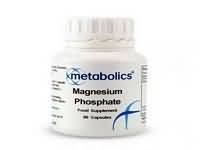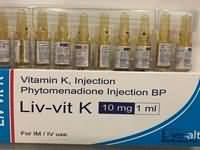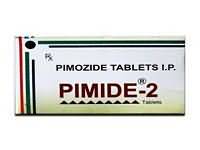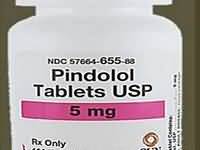Donepzil hydrochoride

Donepzil hydrochoride
CLINICAL USE
Acute nausea and vomiting (including that caused by levodopa and bromocriptine)Gastro-oesophageal reflux DyspepsiaDOSE IN NORMAL RENAL FUNCTION
Nausea and vomiting: AdultsPHARMACOKINETICS
DOSE IN RENAL IMPAIRMENT
GFR (mL/MIN)
DOSE IN PATIENTS UNDERGOING RENAL REPLACEMENT THERAPIES
IMPORTANT DRUG INTERACTIONS
Potentially hazardous interactions with other drugsAntifungals: possibly increased risk of arrhythmias with ketoconazoleADMINISTRATION
Reconstition
–Route
Oral, PRRate of Administration
–Comments
Treatment of acute nausea and vomiting: maximum period of treatment is 12 weeksTreatment of dyspepsia: administer before food; maximum period of treatment is 12 weeksOTHER INFORMATION
Domperidone has the advantage over metoclopramide and phenothiazines of being less likely to cause central effects, such as sedation and dystonic reactions, as it does not readily cross the blood brain barrier
See how to identify renal failure stages according to GFR calculation
See how to diagnose irreversible renal disease
Home

